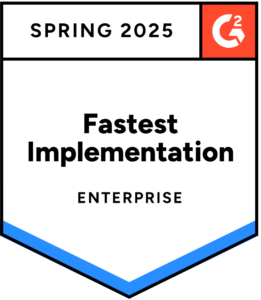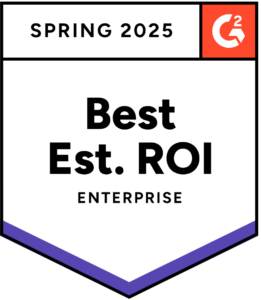3 Strategies to Solve a Complex ERP Landscape
Blog post
Share
Managing enterprise resource planning (ERP) systems has become increasingly complex as organizations expand, merge, and adopt new technologies. Many companies now operate in a fragmented ERP landscape, often with multiple systems across different business units, geographies, or acquired entities. This disjointed environment can make it difficult to gain real-time financial visibility, standardize processes, and ensure data accuracy across the organization.
As finance and accounting teams strive to meet growing demands for agility, compliance, and operational efficiency, tackling ERP complexity has never been more critical. This blog explores practical strategies to streamline operations, integrate disparate ERP environments, and support scalable growth without overhauling your entire financial infrastructure.
Too Many ERPs, Too Little Time
The consolidation of two business entities means a merge of different workflows and processes, especially in regard to ERP systems and financials. If one or both entities engage in manual-heavy close processes, the merged processes can become even more complex as the newly acquired or merged business approaches the month-end close.
Not only does having multiple financials cause a fragmented ecosystem but finding a solution that works for all parties involved can be cumbersome. How do you tackle the issues that arise from multiple ERP systems from two different entities? Completing the financial close on time while extracting data from numerous ERPs to disjointed spreadsheets only contribute to the chaos of the close. Accounting teams may feel the pressure to commit even more hours to ensure all figures and accounts reconcile and match all while juggling documents, emails, and meetings.
So, how do organizations take the financial pressures off of their F&A teams when navigating a complex ERP landscape? Keep these three strategies in mind when finding a solution to simplify the financial ecosystem:
1. Align long-term business and technology goals.
2. Invest in a solution that streamlines data integration.
3. Prioritize utmost security and compliance measures.
1. Align Long-Term Business and Technology Goals
Before jumping into a solution that can streamline different workflows and processes, start off by defining the long-term strategies for the technology solution and for the organization. Having a true alignment between the financial vendor and the business is crucial to the overall outcome when implementing a new SaaS solution.
In a time where remote work solutions are necessary in order for businesses to thrive, evaluate the financial close solution in regard to its hosting types – such as Cloud, SaaS, or single-tenant – and ensure it aligns with your organization’s plans. Does the solution enable scalability and growth? Will implementing the software disrupt workflows? Communicate any key priorities to teams and departments and ensure any uncertainties are cleared up.
2. Invest in a Solution that Streamlines Data Integration
After a merger or acquisition, both entities still have existing essential data on their ERP systems. So, what do you do from there? Rather than starting from scratch or consolidating the systems, organizations can reduce risk and also streamline the data upload process by finding a close solution that integrates seamlessly with various ERP vendors.
Investing in a solution that can bridge the ERP gaps and integrate with distinct systems is a crucial step in having a business and technology strategy alignment. Not only does finding a month-end close software that benefits all parties involved enable scalability and growth within the organization, but it also ensures that there are very few workflow disruptions as the business entities come together as one. That’s a guarantee in time-savings and a boost in productivity for finance and accounting teams.
3. Prioritize Utmost Security and Compliance Measures
Navigating a fragmented ERP environment without a centralized solution in place can increase the financial risk when completing the close. Both compliance and security should be highly prioritized when completing the financial close and when finding a software solution. Does the vendor that you’re interested in also place a high priority on compliance and security of data? Again, go back to that alignment of technology and business strategies.
When evaluating a solution that can tackle the complex ERP systems your organization faces, always be critical of the details. If you’re a new organization that has acquired another business entity overseas, how will the movement of personal data be secured? Will the data also be encrypted? If you’re in an industry with strict regulatory requirements, will the solution ensure that you are always up to date on any changes? With an effective close solution in place that not only streamlines data and workflows but also adheres to strict compliance and security measures, your organization can navigate the financial close with confidence.
Overcoming the challenges of a complex financial ecosystem is no easy feat; with the abundance of options that exist, it’s always important to prioritize a software solution that aligns with your business, streamlines processes and workflows, and always places a high priority on security and compliance. Learn how Trintech goes above and beyond in terms of compliance for its customers.
Written by: Alex Clem






